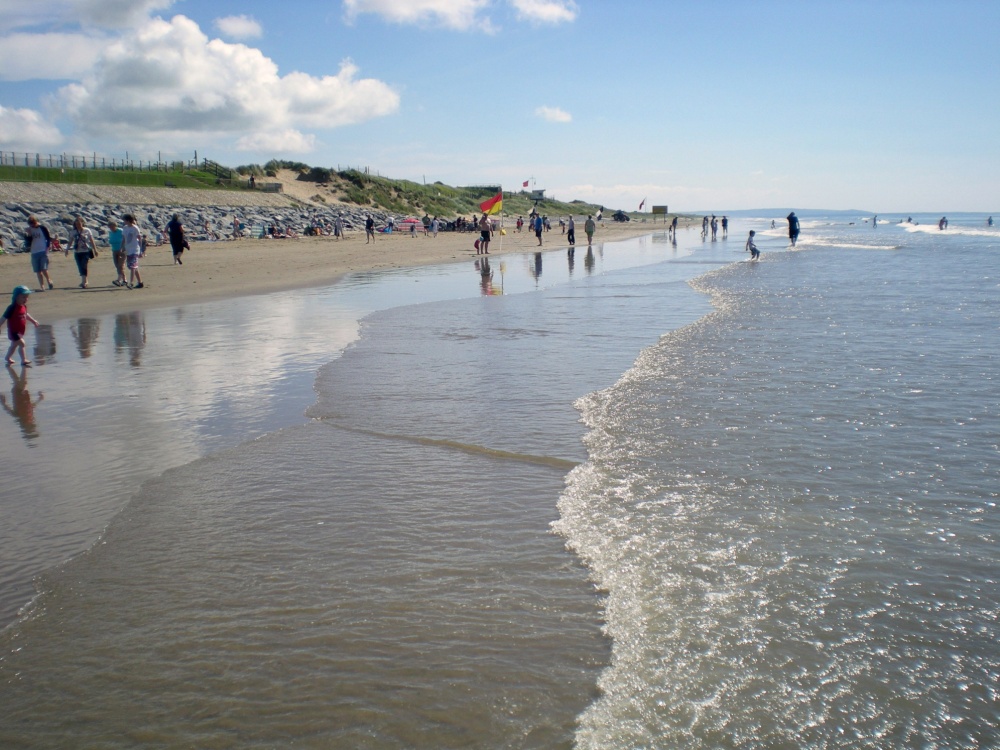 |
Pendine sands, looking east. During the Second World War the Ministry of Defence acquired Pendine Sands and used it as a firing range. The beach is still owned by the Ministry of Defence; prominent signs warn of the dangers of unexploded munitions and public access is restricted. Monday to Friday part of the beach is closed off because of MOD operations. This picture appears in the following picture tours: |
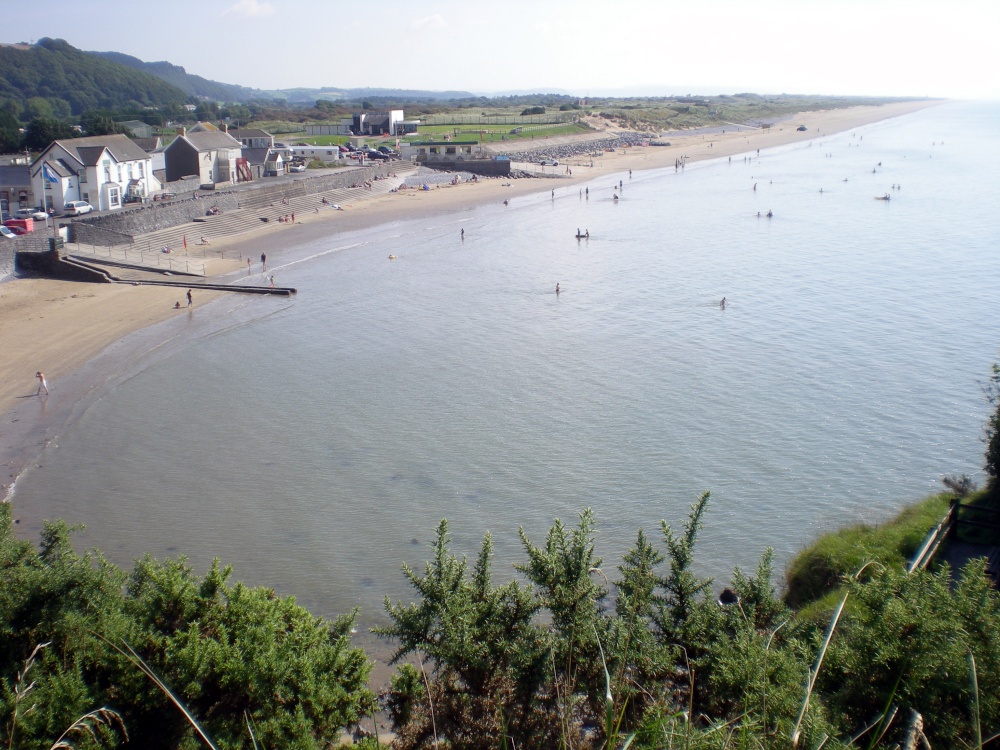 |
Pendine - the sands The first person to use Pendine Sands for a world land speed record attempt was Malcolm Campbell. On September 25, 1924 he set a world land speed record of 146.16 mph (235.22 km/h) on Pendine Sands in his Sunbeam 350HP car Blue Bird. Campbell raised the record to 174.22 mph (280.38 km/h) in February 1927 with his second Blue Bird. On March 3, 1927 Parry-Thomas attempted to beat Campbell's record. On his final run while travelling at about 170 mph (270 km/h) the exposed drive chain broke and partially decapitated him; Babs went out of control and rolled over. Parry-Thomas was the first driver to be killed during a world land speed record attempt. This was the final world land speed record attempt made at Pendine Sands. This picture appears in the following picture tour: Camera Make: NIKON � Model: COOLPIX S200 � |
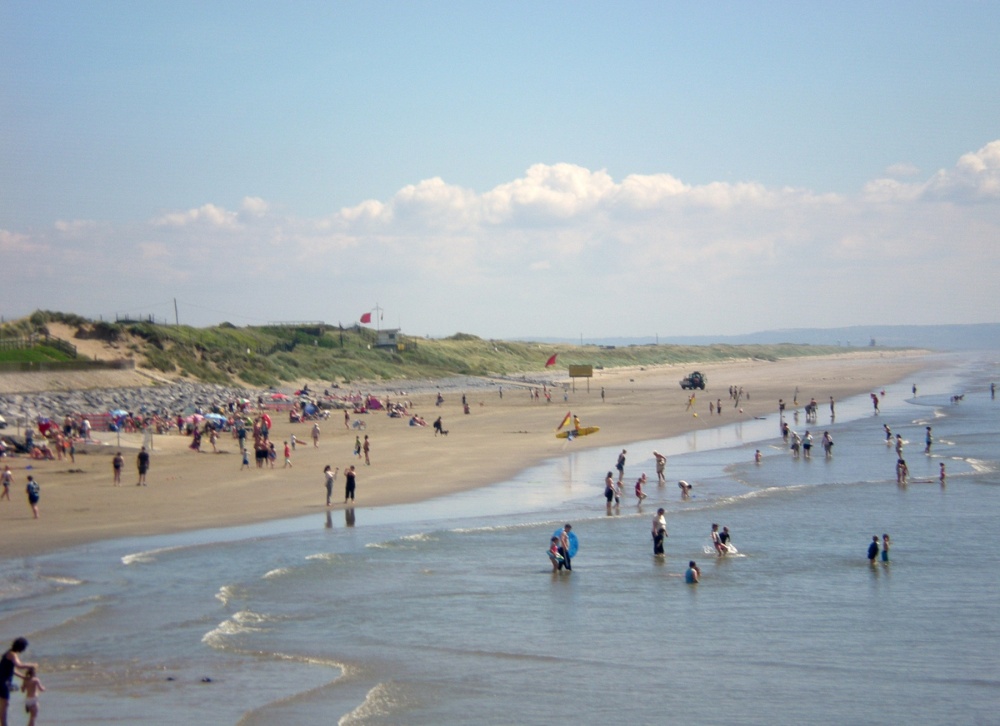 |
Pendine sands, looking east. Pendine Sands is a 7-mile (11 km) length of beach on the shores of Carmarthen Bay on the south coast of Wales. It stretches from Gilman Point in the west to Laugharne Sands in the east. The village of Pendine is situated near the western end of Pendine Sands. This picture appears in the following picture tours: |
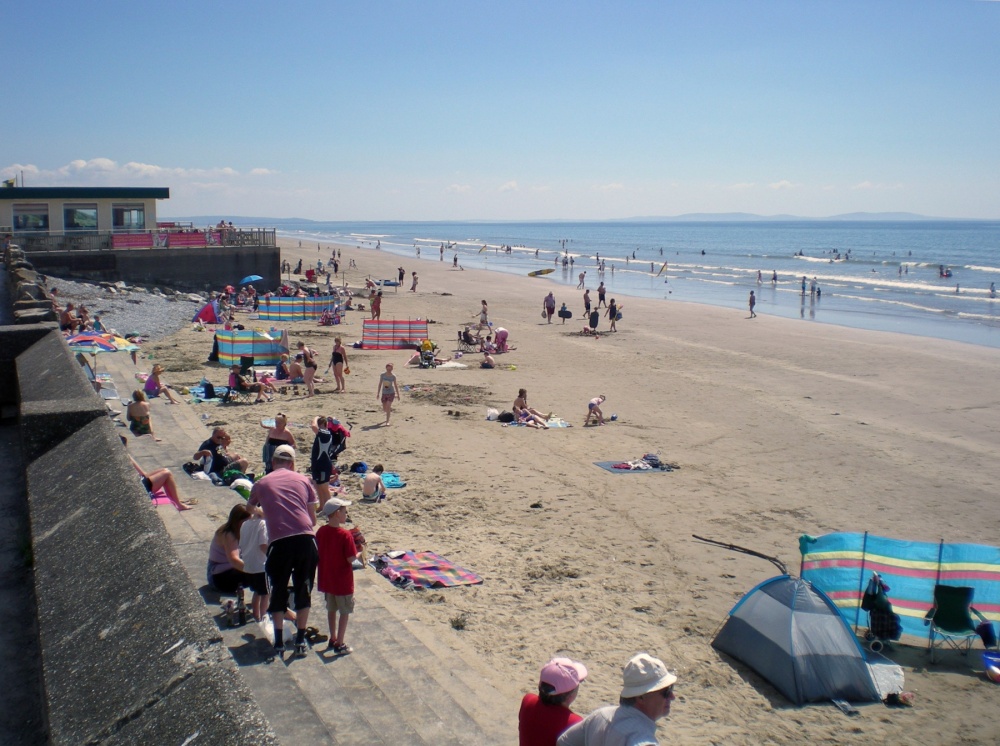 |
Pendine Sands, from Pendine Promenade. The sands at Pendine stretch for several miles to the east of the restort This picture appears in the following picture tour: |
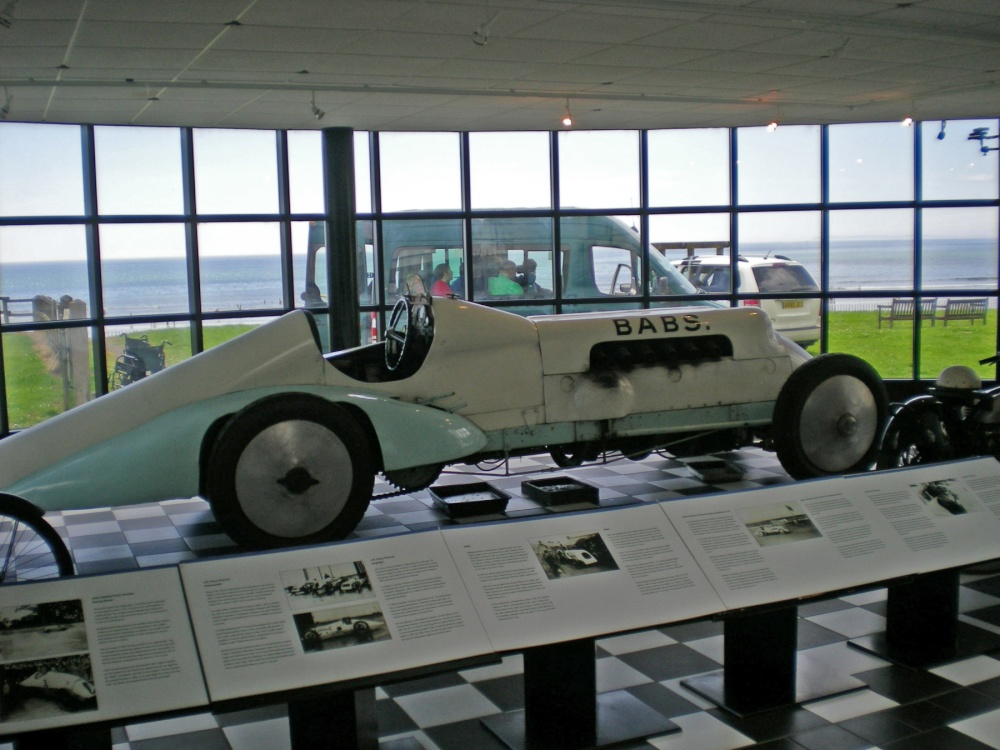 |
Babs, the car that killed its driver Babs was the land speed record car built and driven by John Parry-Thomas. It was powered by a 27-litre Liberty aero-engine. Babs began as 'Chitty 4', one of Count Louis Zborowski's series of aero-engined cars named 'Chitty Bang Bang'. Still not fully developed by the time of Zborowski's death in 1924, it was purchased from his estate by J.G. Parry-Thomas for the sum of £125. Babs used exposed chains to connect the engine to the drive wheels, while the high engine cover required him to drive with his head tilted to one side – the right. During a later record attempt at Pendine Sands, Wales on 3 March 1927, the right-hand drive chain broke at a speed of 170 mph, partially decapitating him. Babs was buried where it landed, on the beach at Pendine. This picture appears in the following picture tours: |
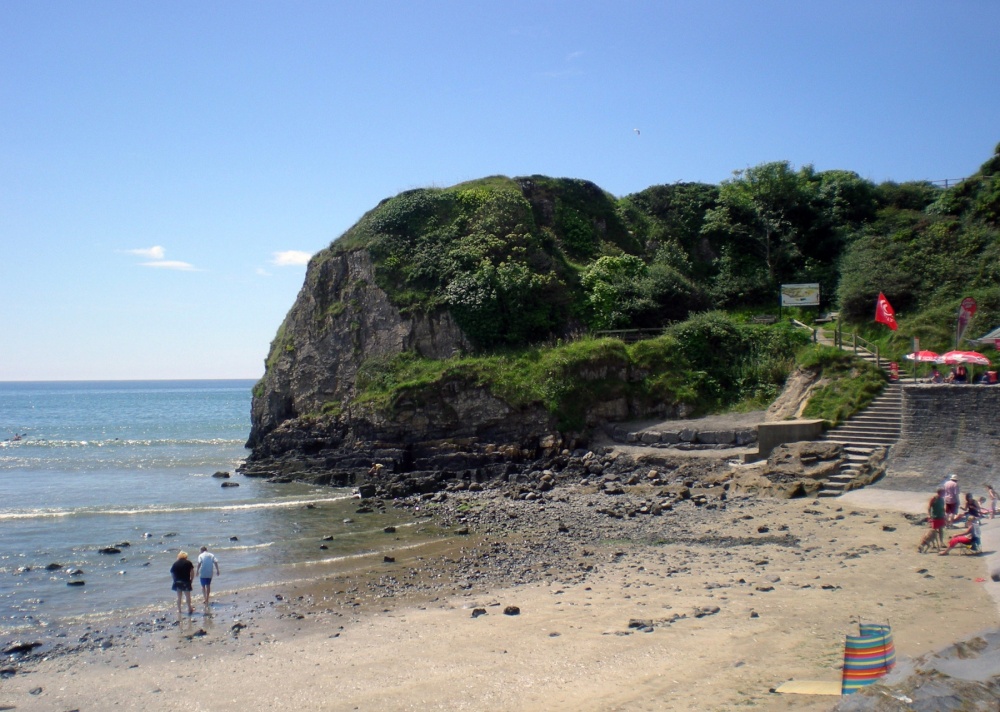 |
Dolwen Point, Pendine. This picture appears in the following picture tour: |
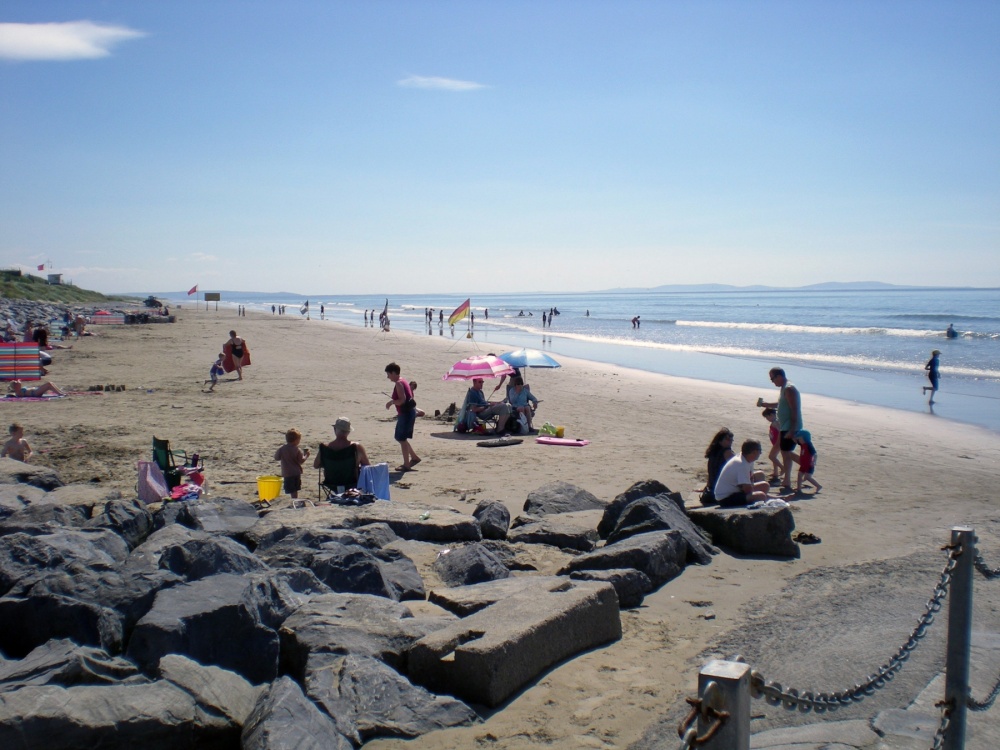 |
Families enjoying Pendine beach This picture appears in the following picture tour: |
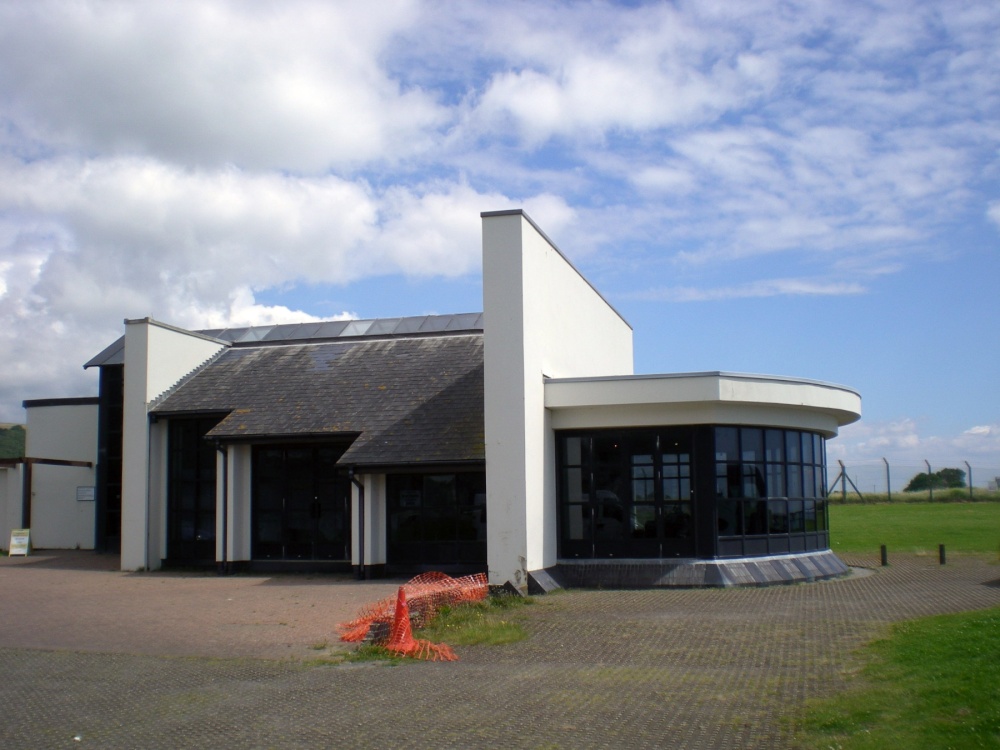 |
The Museum of Speed, Pendine Parry-Thomas' car Babs was buried in the sand dunes near the village of Pendine. In 1969 Owen Wyn Owen, an engineering lecturer from Bangor Technical College, sought and received permission to excavate Babs. Over the next 15 years he restored the car. For part of the summer months, Babs can be seen on show in the Museum of Speed in Pendine village. This picture appears in the following picture tours: |
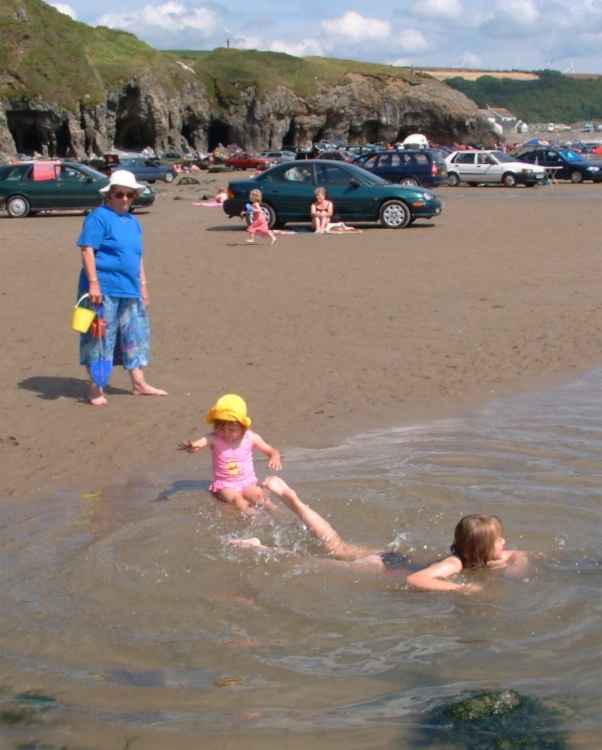 |
The bay at Pendine. The bay, between Dolwen and Gilman Points, is backed by limestone cliffs, with some sea-caves. Vehicles are no longer allowed on this section of Pendine sands, to ensure the safety of those enjoying the beach This picture appears in the following picture tour: |
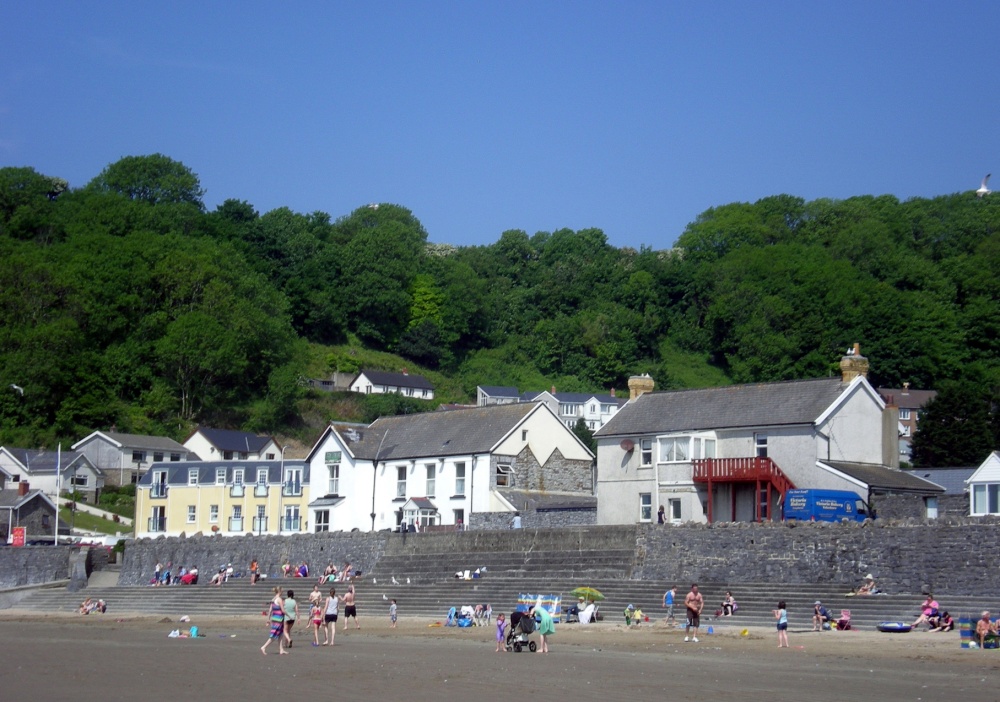 |
Pendine from the beach. This picture appears in the following picture tour: |
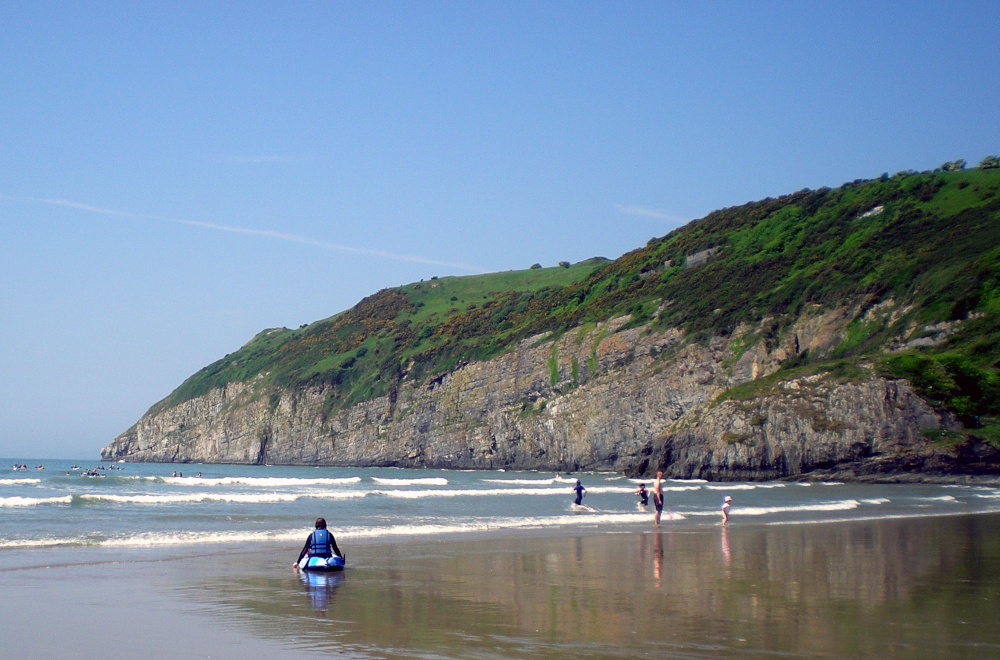 |
Gilman Point, Pendine The cliffs backing this part of Pendine beach are of Carboniferous Limestone in various shades of grey This picture appears in the following picture tours: |
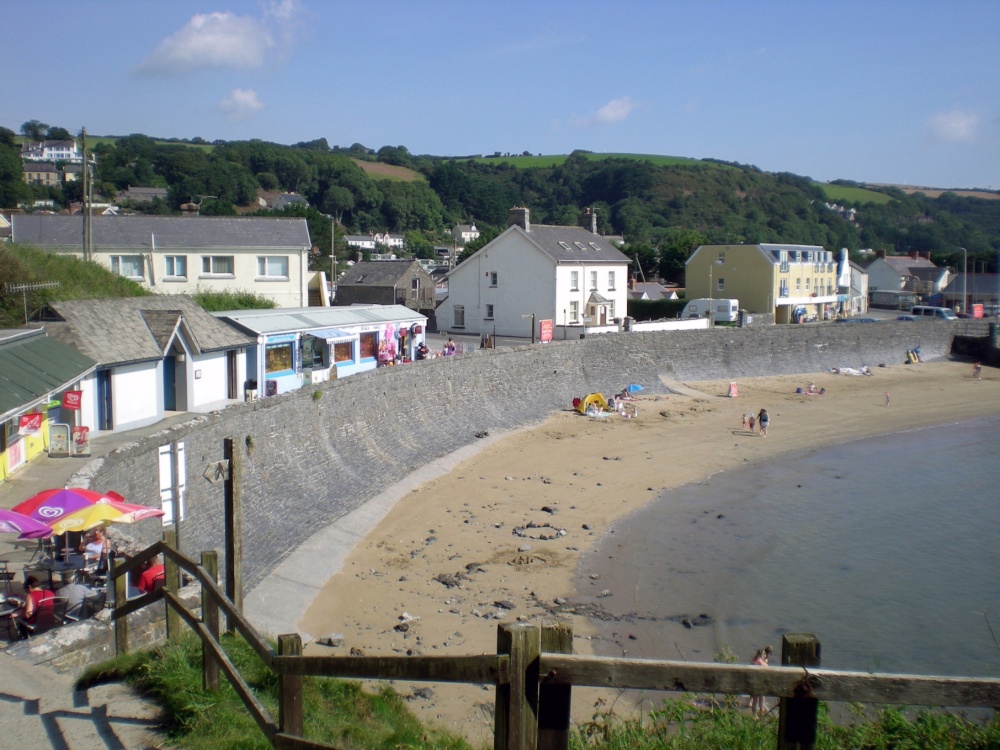 |
Pendine Pendine, where the sands have been the location for many speed record attempts, on both four, and two wheels! This picture appears in the following picture tours: |